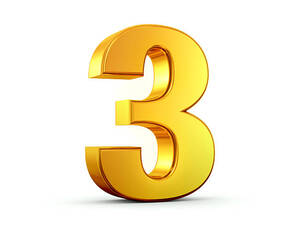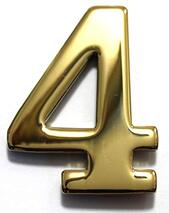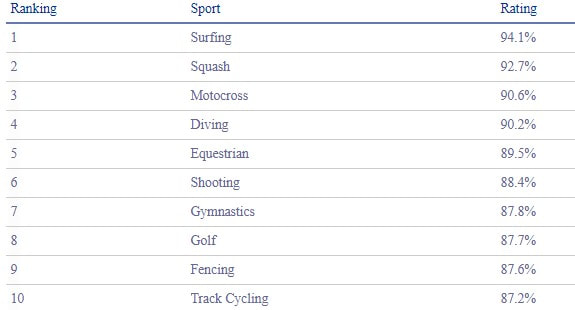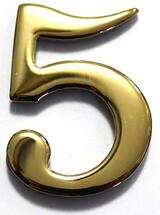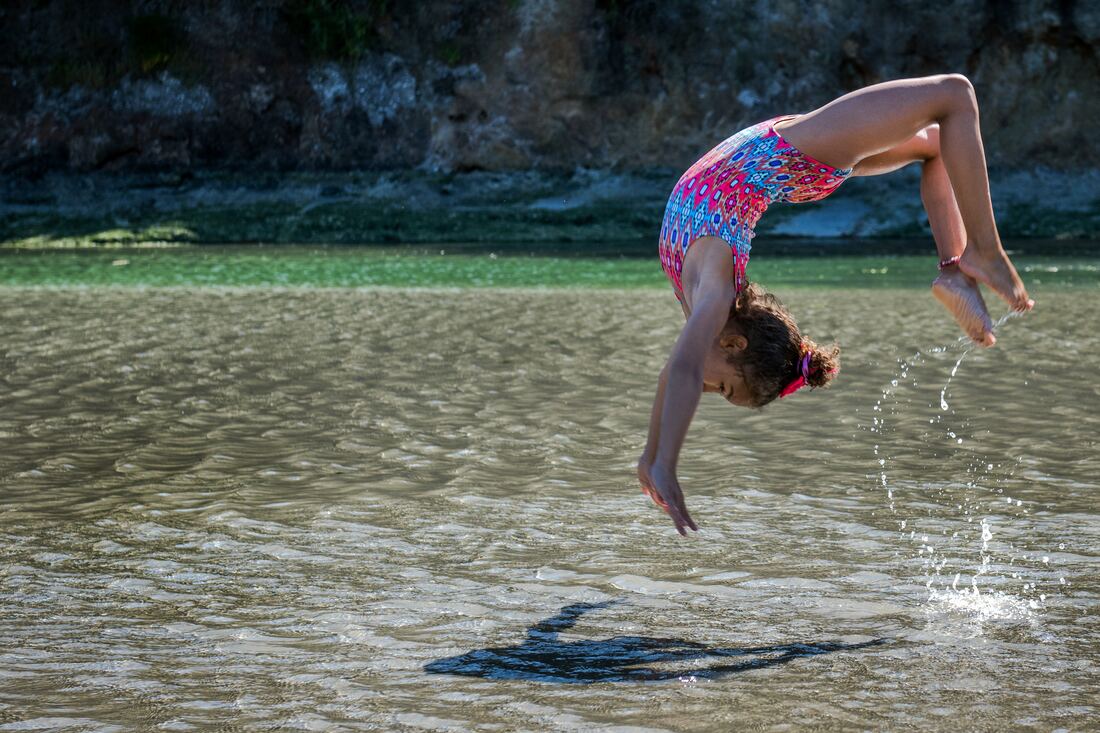|
Gymnastics for toddlers provides the building blocks for well balanced, all-round physical preparation. It provides the chance to explore endless ways we can move our bodies. Children discover the sensations and excitement that movements present. Further, they grow in confidence and ability and challenge them to explore other sport and recreation activities. Fundamental Movement Skills Contained in Gymnastics |
Core strength Whether they are kicking, throwing, running, jumping or swimming, a toddler’s core is involved in almost every action. Developing core strength and stability enables toddlers to maximize their power output and perform complex athletic movements that require coordination, balance, and technical skills |
Without good core strength, posture is compromised and children can become tired and restless sooner as their weak abdominal muscles struggle to keep upright. This detracts from engagement in learning opportunities, regardless of how well they have been planned. Core strength benefits
Injury reduction in toddlers from improved flexibility is less affected by their increased range of motion in joints and more by the improved proprioceptive awareness. Of course participation in gymnastics and many other sports including playground games where tripping or falling may occur has a reduced risk. Falling safely
Balance Balance is a part of everything we do. When we walk, run, bike or swim, we are balancing ourselves. If we reach for something on a high shelf, we are balancing. As we age, it’s important to maintain our balance, and if we don’t train for balance, we’ll lose it. Keeping our balance as we grow older will help us avoid falls and bone fractures. |
An awareness of where their body and limbs are in space encourages children to develop both static and dynamic balance. Dynamic Balance keeps children on their feet when running, skipping, hopping or moving in general, whereas Static Balance refers to the balance required to maintain a stationary position. Equilibrium settles the mind, and through the vestibular system, prepares it to focus and maintain attention and begin the process of absorbing new information.
Rhythm Our bodies perform rhythmical activities every day without us having to consciously think. The brain is especially sensitive to rhythm and has the ability to regulate the body’s internal rhythm, heartbeat, breathing and blinking. What we take for granted is the brain’s unique ability to group a batch of smaller movement skills into a chunk. |
With a skill on ‘Auto Pilot’ our brain is free to engage in other aspects such as the position of others on the dance floor, our opponent on the other side of the net or the number of aerial saltos in a tumbling pass.
The application of rhythm in the classroom is as wide as it is complex. It can be found in all languages through pace, pitch and tone. Reading and speaking require development of these core components which can be achieved in an enjoyable way through activities involving music and movement.
More
Articles:
All
*10 MUSTS With First Aid*
*3D Printed Prosthetics For Children*
*5 Benefits Of Gymnastics*
*Acrobatics Benefits*
*ADHD In Schools*
*Albert The Amazing AirGym*
*Are Prime Drinks For Kids*
*Aromatherapy May Help Manage ADHD*
*Athletic Excellence Across All Sport*
*Badminton*
*Barefoot Benefits Brain Development*
*Boost Your Child's Memory*
*Core Muscle Activities*
*Don’t Worry I’ll Land Safely*
*Equipment Hire*
*EXAM STRESS*
*Exercise For Your Brain*
* Fidget Spinners - Good Or Bad For The Classroom?*
* Flexible Seating *
*Games For On A Basketball / Tennis Court*
*Games For The Classroom
*Girls Gymnastics*
* Gymnastics Is Important ...*
*Gymnastics Vacation Day*
*Gymnastrix's Equipment Hire Service*
*Handstands In Gymnastics*
*Help Your Child's Brain Development *
*Hidden Sugar*
*Home Gymnastics*
*How Core Muscle Development Can Prevent Learning Classroom Learning Challenges
* How Exercise Transforms Your Student's Learning *
*How Short Exercise Breaks Reduce Obesity*
*How To Boost Your Recovery*
* How To Fall Safely*
*How To Get Better Sleep*
*How To Manage Muscle Soreness*
*Importance Of Dance*
*Improve A Child’s Handwriting*
*Improving Cartwheels*
*Laundry Basket Ball*
*Learning Maths While Exercising Means Better Results*
*Lockdown Olympics*
*Making Mini Tramps Safe*
*Mastering Flexibility*
*Mastering The Forward Roll*
*Missing Power For Athletes*
*Move A Nation*
*Move It Boys*
* My Schooling Experience*
*Ninja Warrior Day*
*Ninja Warrior Party*
*Number 10 Parkour*
*Number 1 Football*
*Number 2 Swimming*
*Number 3 Cycling*
*Number 4 Skating*
*Number 5 Basketball*
*Number 6 Running
*Number 7 Walking*
*Number 8 Gymnastics*
*Number 9 Racquet*
*Paper Plate Discus*
*PE Games For Stage 3*
*Primary School Games #1*
* Reducing Injuries*
*Simple Steps To Teach A Forward Roll*
*Sleep Deprivation Is Harming Our Students*
*Stop Your Bad Eating*
*Summary Of Exercise Benefits By John Ratey*
*Super Hero Day*
*Supporting Teachers With The Gymnastics Equipment*
*Table Tennis*
*Take The Sugar Test.*
*Team Building*
*The Cartwheel*
*The Morning Mile*
*The Pros Of Using ChatGPT*
*The Top 10 Ways To Sit For Children And Adults**
*Tips For Teaching Shot Put*
*Top 5 - Effects Of Dancing*
*Training The Vestibular Sense*
*Training Through Injury*
*Warm Up Games - It's Not What You Think.*
* What Are The Top 3 Reasons Schools Use External Gymnastics Providers? *
*WHAT ELSE DO YOU LEARN IN DANCE?*
*What Is Tempo Training?*
*What Is Vestibular Sense*
*What Protein Is Best For You?*
*Which Essential Oils Benefit Your Child*
*Why Balance Is Important*
*Why Breathing*
*Why Is Sugar So Addictive*
*Why Sports*
*Will Eating Fat Make Me Fat*
*W Sitting*



